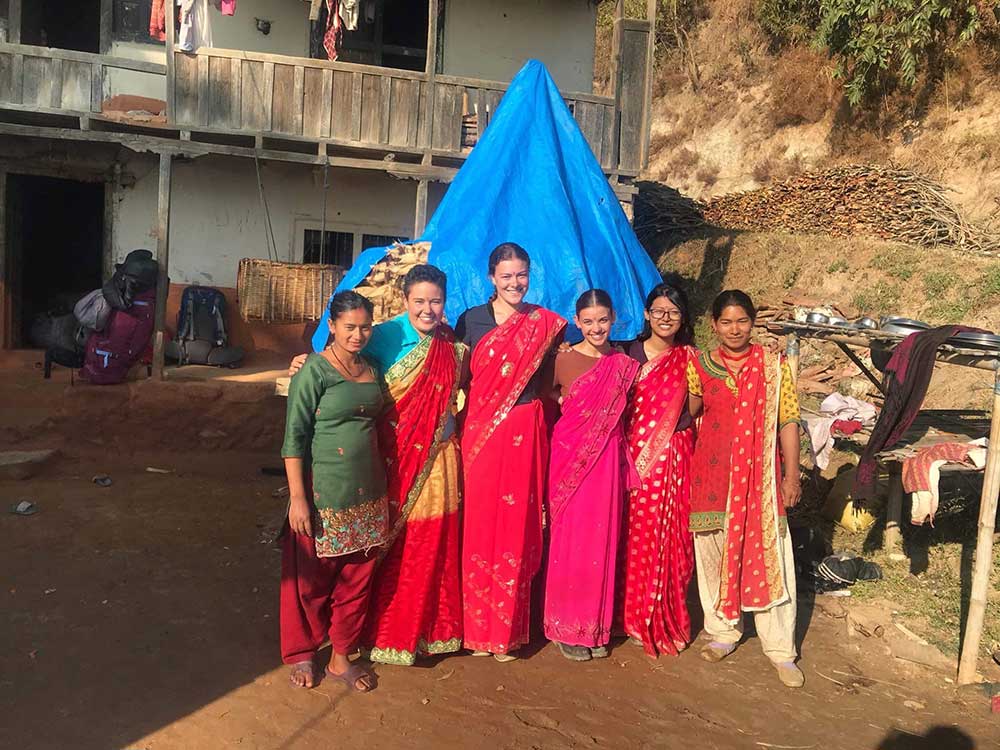An app developed by a university student will allow engineers to quickly calculate metrics such as wind force on vertical protection screens on superstructures.
Emily Gerrard, an undergraduate civil engineer at Aurecon, won The Australian Financial Review Top 100 Graduate Employers 2021 award for engineering for this work.
She was inspired to design the app, temporarily dubbed ‘The Design Calculator’, during an internship in 2019 with global engineering and design company Arcadis.

During this time, Gerrard worked on calculations for a series of bridge upgrades that were part of the Southwest Metro Design Services Project.
“Throughout the calculation process, I needed to refer to certain Australian Standards to find appropriate factors and values to use in the relevant equations,” Gerrard told create.
“Flipping back and forth between Australian Standards and the Excel spreadsheets proved quite frustrating.”
As the spreadsheets were passed from person to person, Gerrard said changes could also be made to the formulae in some input cells and the linked cells could be disconnected.
“This meant the spreadsheet could be easily corrupted and, in turn, changes to embedded equations in the output could impact on calculation accuracy,” she said.
A tangible result
It was a digital literacy course run by her current employer that gave Gerrard an opportunity to use Microsoft PowerApps to develop her app.
“The app not only streamlines the calculation process, but reduces the potential for human error,” she said.
“It does this by locking some of the coding that applies the appropriate values into the correct equation from the Australian Standards, based on design inputs.
“The next step is to have the app, which we are currently using as an add-on to OneDrive, fully verified with more experienced engineers to ensure all of the coding inputted is correct.”
The 23-year-old, who attended St Vincent’s College in Potts Point, Sydney, said she chose engineering as a career because of her aptitude for physics and mathematics.
“I was also attracted to the hands-on aspect of designing something for which you see a tangible result,” she said.
Once she graduates from the University of Technology Sydney (UTS) in June with a Bachelor of Engineering (Hons) and a Diploma of Professional Engineering Practice, Gerrard hopes to get involved in mentoring programs that encourage other women to pursue engineering.
“As a young girl, I was told I could do anything, but not everyone gets that message,” she said.
In 2017, she was part of a UTS initiative that worked towards increasing the retention and enrolment of underrepresented communities.
An engineer without borders
In addition to her stellar performance in the Future Leaders Award, Gerrard was recently accepted into the Engineers Without Borders (EWB) 2021 Influencer Fellowship.
The program teaches final year students about humanitarian and sustainable engineering and equips them with the leadership skills to implement change in the workplace and globally.
The honour follows on from some of her own experience, as a student, in community development in both Cambodia and Nepal.

This includes the two weeks she spent in Cambodia in 2017 with EWB, as the recipient of a New Colombo Plan Scholarship from the Department of Foreign Affairs and Trade.
“We explored the realities of humanitarian engineering in the culture and worked on creating an electricity safety pack and education program for schools,” Gerrard said.
“The workshops and homestay really showed me the importance of viewing engineering solutions through a cultural lens.”
In early 2018, she was part of an Unbound trip to Nepal, which resulted in improvements to a pulley system found in Kambari, a remote village in the mountainous region of Dhulikhel.
“Building materials were being carried around a winding hillside and we added a brake to the existing pulley system and designed a frame to guide the pulley cable, both making the job easier and safer,” Gerrard added.



